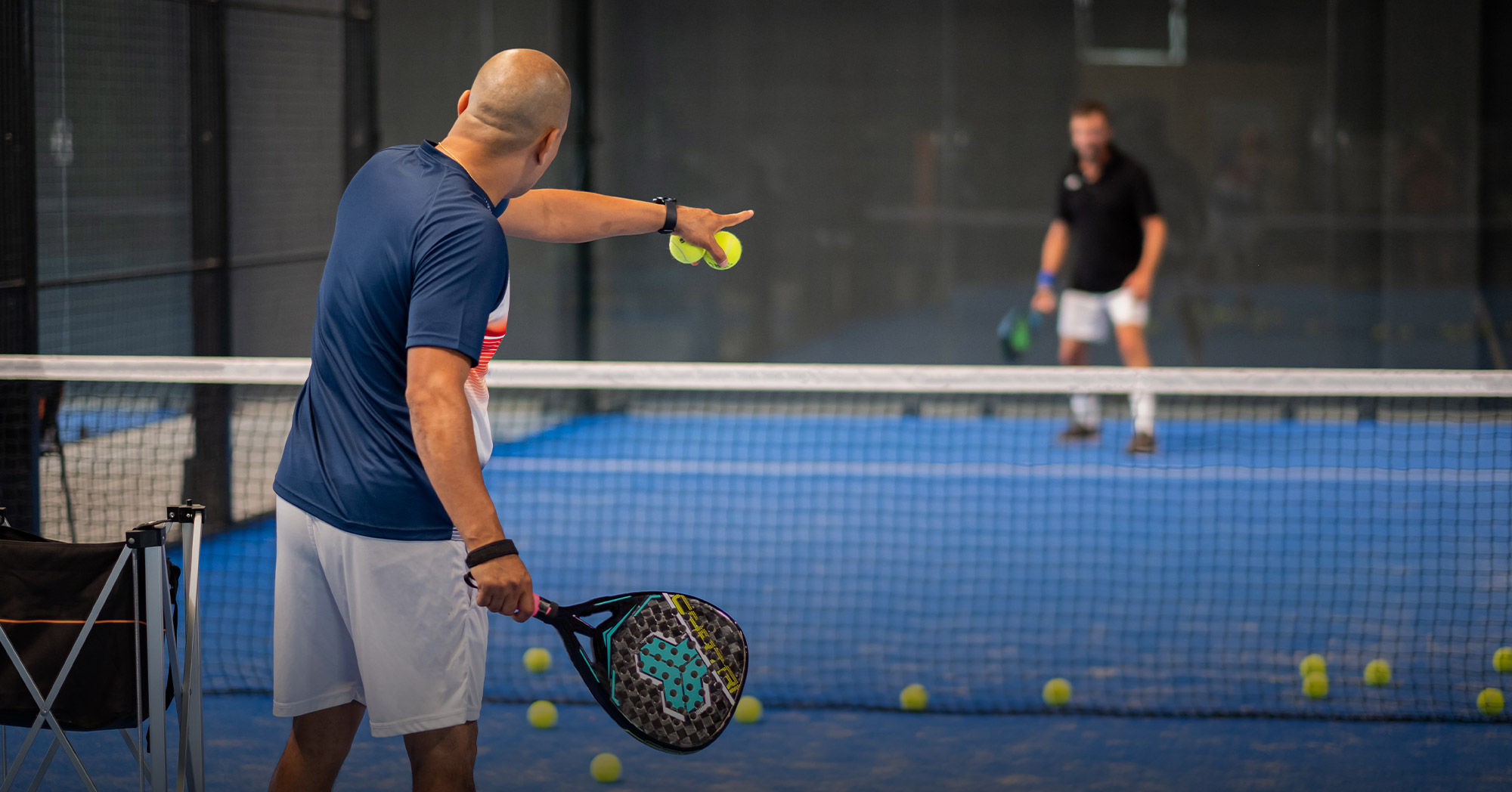Padel is a sport that shares many similarities with tennis but also has significant differences. In padel, the serve is not as important, it is performed underarm from below the waist, making the serve irresistibly – complicated. The game’s fast pace captivates both players and spectators. The dynamism, speed, and surprise factors of the sport determine why it is appealing to both amateurs and professionals.
History
Padel is a game invented in 1962. Enrique Corcuera, a Mexican, created the new game in his hometown of Puerto de Acapulto, Mexico. Padel show up in Europe eight years later, when Prince Alfonso of Hohenlohe built two courts in the courtyard of his hotel in Marbella, Spain. This game’s international federation was formed 21 years later, in 1991. A year later, the first padel world championship was held, with Argentina winning both the men’s and women’s competitions. Argentina’s representatives dominated the early championships, winning 7 of the first 8 men’s world championships and 7 of the first 9 women’s championships.
There have been 15 World Championships so far, and in those, no pair from any other country except Spain and Argentina has won in either men’s or women’s competitions.
Rules of Padel
Padel tennis points are calculated in the same way as regular tennis points. Winning the first point earns a team 15 points, winning the second point earns 30 points, winning the third point earns 40 points, and winning the fourth point earns a game with both teams having 40 points. When the score is tied, the game is played until one team wins two consecutive points or three consecutive points (if trailing 40-Ad).
Serve (serving)
A proper serve must meet the following requirements:
Before the serve, the ball must first bounce on the ground and then be served. The swing must be performed below the opponent’s waist.
Unlike tennis, the game begins with the ball being served from the bottom rather than from the top. Serve diagonally into the opposite court from the right side of the court.
The ball must land in the opponent’s serving zone after the serving player’s swing. The serve is still valid if the ball lands and rebounds off the side or back glass, and the game continues. If a serve does not fly over the net or hit the card’s boundaries, it is considered a unsuccessful.
Similar to tennis, the player serving has two attempts to serve the ball in padel. If the first serve is unsuccessful – no point is lost, however, if the second serve is unsuccessful – the point is goes to the opponents.
A point is won when:
- The opponent fails to serve correctly twice in a row.
- The ball bounces twice on the ground.
- The ball hits one of the opponents.
- The hit ball from opponent hits the net or the glass (on your side of the court).
- The opponent’s hit ball hits their side of the net (on your side of the field, you can play off the glass).
- The opponent’s hit ball hits the ceiling.
- The ball lands in the opponent’s court and goes out of bounds.
Proper Ball Reception (Return):
- The ball gets hit with a single stroke.
- Except for the serve, the ball can be hit before it bounces on the ground (“out of the air”).
- The ball is hit after bouncing once on the ground (unlike, for example, beach tennis, where the entire game is played out of the air).
- After the ball bounced once on the floor or several times on the side walls.
Rules of other sports
If you enjoy playing padel, you might also like other games. We invite you to read and learn about the rules of American football, darts, and football.


